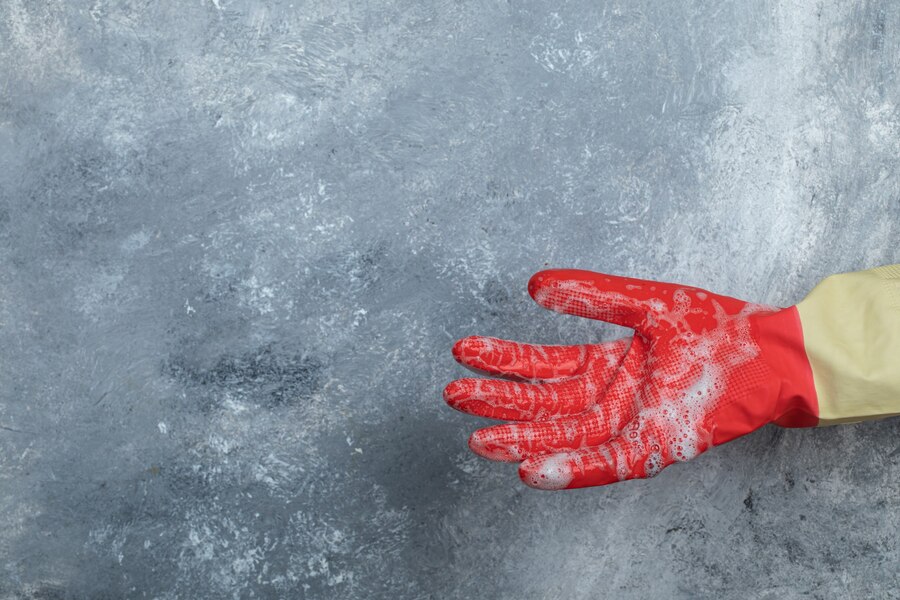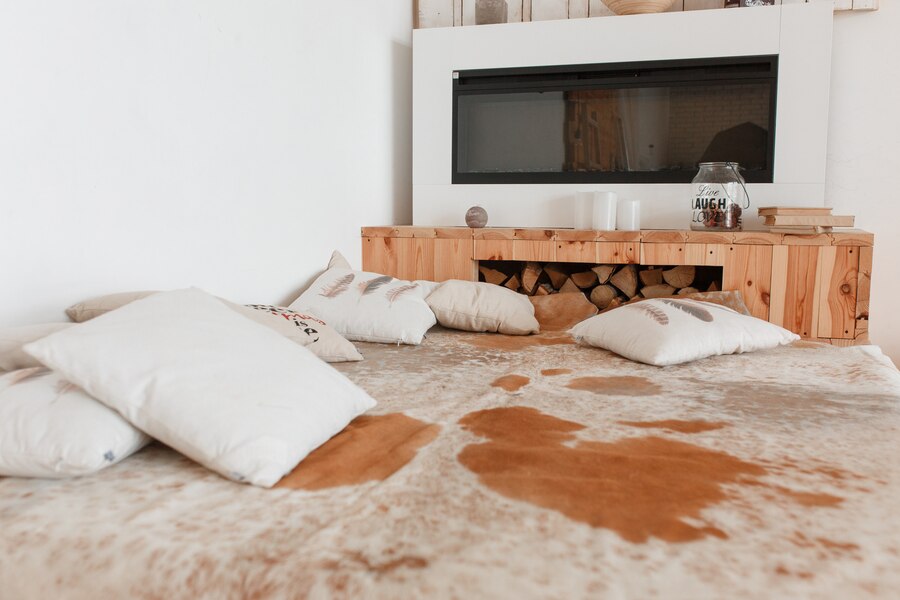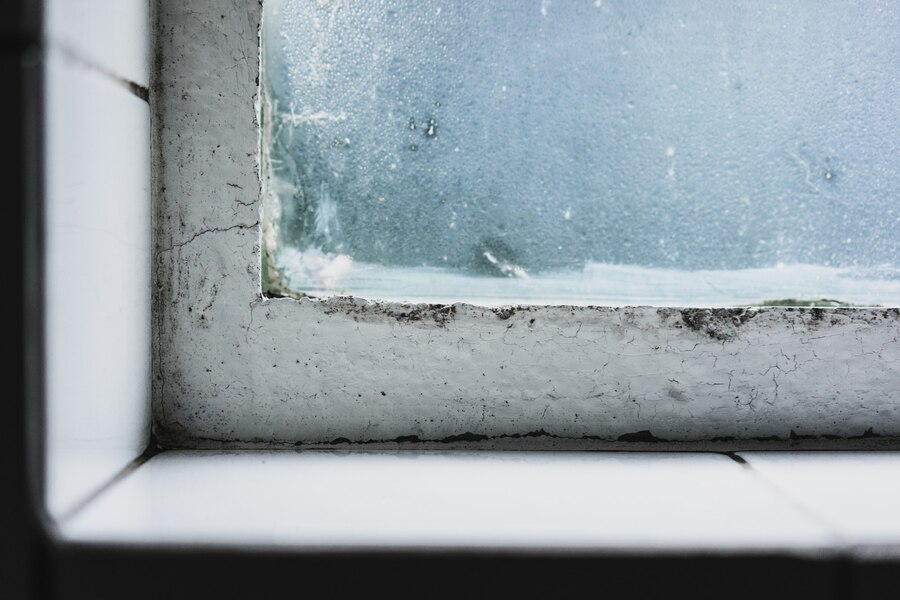Have you ever walked into a room and noticed a musty smell or seen water stains on the walls? These could be signs of hidden moisture problems. While moisture might seem like a minor issue, it can lead to serious damage to your property and even affect your health. In this article, we’ll explore the causes, dangers, and solutions for moisture in your home or office, so you can protect your space and stay healthy.
How to Prevent Moisture Problems in Your Home or Office
To prevent moisture issues, control humidity levels using dehumidifiers, fix leaks promptly, and ensure proper ventilation in damp areas like basements and bathrooms. Regularly inspect your property for signs of moisture, such as musty smells, water stains, or condensation on windows. Addressing these issues early can save you from costly repairs and health risks.

What Causes Excess Moisture in Your Home or Office?
Excess moisture can come from various sources, and understanding these causes is the first step to addressing the problem.
Poor Ventilation and High Humidity
Poor ventilation traps moisture inside, especially in areas like bathrooms, kitchens, and basements. High humidity levels, often caused by weather conditions or indoor activities like cooking and showering, can also contribute to moisture buildup.
Leaks and Condensation
Leaks in roofs, pipes, or foundations are common culprits of moisture problems. Condensation on windows and walls is another visible sign, often caused by temperature differences between indoor and outdoor environments.
How to Spot Early Signs
Look for water stains, peeling paint, or warped wood. A persistent musty smell in certain areas is also a red flag. Addressing these signs early can prevent bigger problems down the road.
The Silent Threat: Mold and Mildew Growth
Mold and mildew thrive in damp, humid environments, often growing unnoticed on walls, ceilings, and even furniture.
What Makes Mold Dangerous?
Mold releases spores that can cause allergies, asthma, and other respiratory issues. It often appears as black, green, or white spots and can spread quickly if not addressed.
Mildew: A Lesser-Known Problem
Mildew, usually white or gray, is a surface fungus that can damage materials and create unpleasant odors. While less harmful than mold, it’s still a sign of excess moisture.
Regularly inspecting your space for mold and mildew is key to keeping it safe and healthy.
Health Risks Linked to High Humidity
High humidity levels can make your home or office a breeding ground for allergens like mold spores and dust mites, leading to various health issues.
Respiratory Problems
Exposure to mold spores can trigger allergies, asthma, and other respiratory conditions. Symptoms may include sneezing, coughing, and itchy eyes.
Skin Irritation and Infections
High humidity can also cause skin irritation and increase the risk of infections, especially in people with weakened immune systems.
Maintaining proper humidity levels (ideally between 30% and 50%) can help reduce these risks.
Structural Damage Caused by Moisture
Moisture doesn’t just affect your health—it can also weaken the structure of your home or office.

How Moisture Weakens Building Materials
Over time, excess moisture can warp wood, crumble drywall, and corrode metal surfaces. This can lead to costly repairs and even decrease the value of your property.
Long-Term Consequences
Ignoring moisture issues can result in severe structural damage, such as sagging ceilings or cracked foundations. Addressing these problems early is crucial to avoid expensive repairs.
Musty Smells and Water Stains: Early Warning Signs
Musty smells and water stains are often the first indicators of moisture problems. These issues are usually caused by hidden leaks or condensation.
What to Look For
A damp, earthy smell in certain areas is a common sign of moisture. Yellow or brown stains on walls or ceilings, peeling wallpaper, or bubbling paint are also red flags.
Why Early Detection Matters
Addressing these signs early can save you from expensive repairs and health risks later. Regular inspections are key to catching problems before they escalate.

Protect your home and health today—get useful and effective solutions to eliminate moisture problems before they cause serious damage!
How Moisture Damages Furniture and Electronics
Moisture doesn’t just harm your building—it can also damage your belongings.
Furniture and Upholstery
Wooden furniture can warp or crack in humid environments, while fabrics may develop mold or mildew.
Electronics and Valuables
Electronics are particularly vulnerable to moisture, as it can cause corrosion and malfunction. Books, documents, and other valuables can also be ruined by dampness.
Using dehumidifiers and storing items in dry areas can help protect your belongings.
The Link Between Moisture and Indoor Air Quality
Moisture can significantly impact the air you breathe indoors.
How Moisture Affects Air Quality
High humidity levels create the perfect environment for mold, mildew, and dust mites, all of which release allergens into the air. This can worsen allergies, asthma, and other respiratory conditions.
Improving Air Quality
Using air purifiers and improving ventilation can help maintain clean indoor air quality. Regularly cleaning damp areas like bathrooms and basements also reduces the risk of mold growth.
Preventing Mold and Mildew: Practical Tips
Preventing mold and mildew starts with controlling humidity levels and addressing moisture sources.
Use Dehumidifiers
Dehumidifiers are highly effective in reducing humidity, especially in damp areas like basements and bathrooms.
Fix Leaks Promptly
Leaks in roofs, pipes, or foundations should be repaired as soon as they’re detected to prevent moisture buildup.
Ensure Proper Ventilation
Good ventilation in kitchens, bathrooms, and laundry rooms helps reduce humidity levels and prevent condensation.
Is Your Space a Breeding Ground for Bacteria and Pests?
Moisture doesn’t just attract mold—it also invites bacteria and pests.
Pests and Bacteria
Dust mites, termites, and even cockroaches thrive in damp environments. Bacteria can also grow, causing unpleasant odors and health risks.
Preventing Infestations
Keeping your space dry is the best way to prevent these issues. Regular cleaning and maintenance can also help.
The Long-Term Costs of Ignoring Moisture Issues
Ignoring moisture problems can lead to significant long-term costs.
Structural Repairs
Water damage and mold remediation can be expensive, especially if the problem has been ignored for a long time.
Health Expenses
Mold-related health issues can lead to higher medical bills. Addressing moisture problems early can save you time, money, and stress.
How to Detect Hidden Moisture Problems
Detecting hidden moisture problems requires the right tools and techniques.
Tools to Use
Hygrometers measure humidity levels, while infrared cameras and moisture meters can spot hidden leaks and dampness in walls and floors.
Regular Inspections
Regularly inspecting your property can help you catch problems before they escalate.
Expert Tips for a Dry and Healthy Space
Keeping your home or office dry and healthy doesn’t have to be complicated.
- Inspect Regularly: Check for leaks, condensation, and signs of mold or mildew.
- Invest in Quality Systems: Use dehumidifiers and ventilation systems to control humidity levels.
- Hire Professionals: For severe issues, hire professionals for mold remediation and water damage repair.
Conclusion
Moisture might seem like a small issue, but it can have big consequences. From health risks to structural damage, the dangers of moisture in your home or office are real. By understanding the causes, recognizing the signs, and taking preventive measures, you can protect your property and your health. Don’t wait until it’s too late—take action today to keep your space dry and safe.

